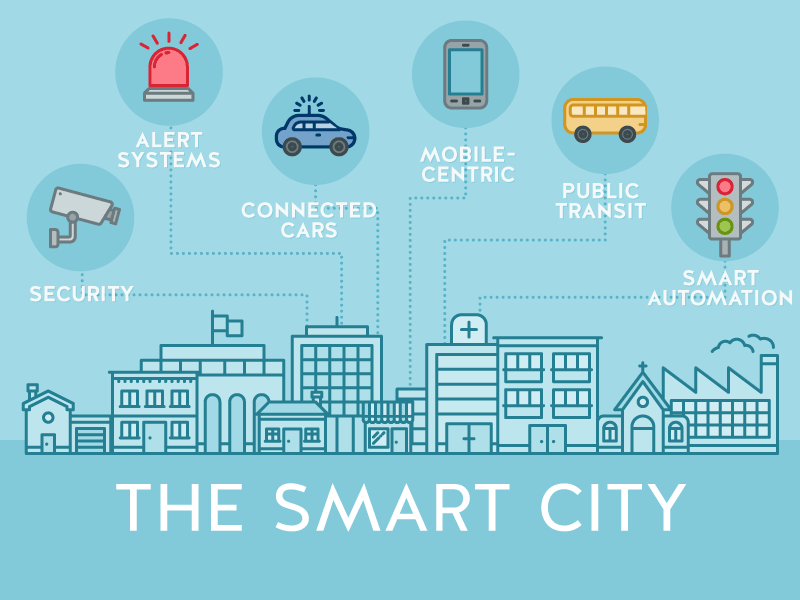Imagine stepping into a world where the infrastructure around you is so responsive that traffic lights adjust to accommodate an influx of cars, buildings optimize energy usage based on real-time weather conditions, and personalized health alerts are issued based on your current environment and medical history. Welcome to the future of urban living, driven by smart cities and a concept known as context awareness.
What is Context Awareness?
At its core, context awareness is the ability of a system or application to understand, interpret, and respond to its surroundings. In simple terms, it’s the process of a system “sensing” what’s happening around it and adjusting its behavior accordingly. A context-aware system can understand and react to multiple variables, including location, time, user activity, and more. In the realm of smart cities, context awareness is seen as a game-changer.
How Does Context Awareness Influence Smart Cities?
The essence of a smart city lies in its ability to leverage technology and data to improve the lives of its inhabitants. Context awareness adds a critical layer to this by enabling the city’s systems to adapt their operations based on real-time context. For instance, traffic management systems could alter the timing of traffic lights based on the current traffic flow, thus reducing congestion and improving efficiency.
The magic behind this functionality is a blend of intelligent algorithms and machine learning models that process and analyze data from an array of sensors and Internet of Things (IoT) devices scattered throughout the city. The result? A highly adaptive and responsive city that morphs and adjusts according to the needs of its inhabitants.
Real-World Applications of Context Awareness
The potential applications of context awareness in smart cities are both diverse and transformative:
- Smart Mobility: Imagine a city where traffic jams are a thing of the past. This vision is possible with context-aware traffic management systems that analyze real-time data to provide dynamic traffic control, reducing congestion, and improving efficiency.
- Energy Efficiency: Smart, context-aware energy management systems for buildings can drastically reduce power consumption. By considering factors like occupancy levels, weather data, and usage patterns, these systems ensure energy is used judiciously.
- Public Safety: Advances in image recognition algorithms allow context-aware surveillance systems to detect unusual behavior or potential threats automatically, thus enhancing public safety.
- Personalized Services: With context awareness, public services can be customized to meet individual needs. For example, a context-aware health monitoring system could provide personalized health alerts based on a user’s activity level, medical history, and current environmental conditions.
Embracing the Future
While the potential of context awareness in smart cities is immense, it also brings along challenges related to privacy, data security, and ensuring technology is accessible to all. Addressing these challenges is crucial as we pave the way for more advanced and integrated smart cities.
In essence, the future of urban living is set to be revolutionized by smart cities and context awareness. This technology, driven by data and sophisticated artificial intelligence models, is our ticket to creating cities that understand and respond to their inhabitants’ needs, enhancing the sustainability, safety, and quality of life for everyone.


